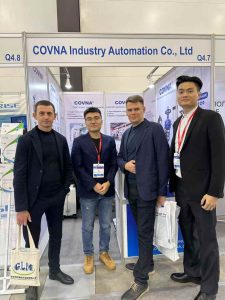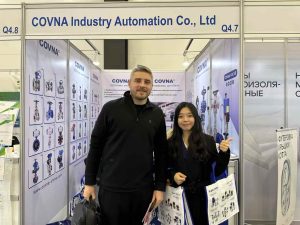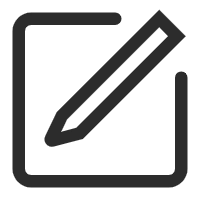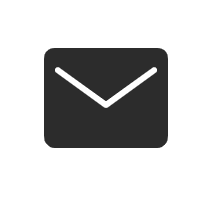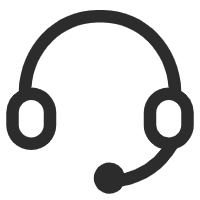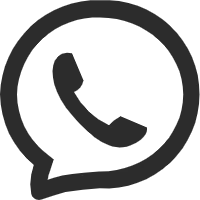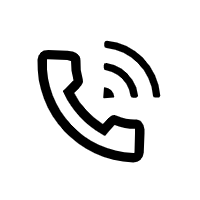News
Recent Posts
-
Why Is My Ball Valve Leaking and How to Fix It Before Thanksgiving?2025-12-23/0 Comments
-
-
-
-
In modern industrial automation, pneumatic valves play a vital role in ensuring efficient and reliable fluid control. Designed for precision and durability, COVNA pneumatic valves are manufactured under ISO 9001 standards and certified by SGS, RoHS, and CE, making them trusted solutions across more than 180 countries.
COVNA offers a wide range of pneumatic valves, including pneumatic ball valves, butterfly valves, and angle seat valves. These products are suitable for controlling water, air, gas, oil, and other liquid media. With materials such as stainless steel, aluminum alloy, cast iron, and plastic, they are engineered to meet diverse application requirements.
Installation is made simple with multiple connection options, including threaded, flanged, wafer, lug, tri-clamp, and quick-install designs. This flexibility ensures easy integration into existing systems and reduces maintenance downtime.
Industries such as food and beverage, water treatment, wastewater management, chemical processing, textiles, pharmaceuticals, and power generation rely on COVNA pneumatic valves for stable and efficient operations. In addition to ready stock, COVNA also provides OEM/ODM customization services to meet specific project needs.
Discover more details on the COVNA Pneumatic Valve product page.
COVNA Industrial Automation Co., Ltd is proud to announce its participation in the upcoming ROS-GAS-EXPO 2025, one of Russia’s premier exhibitions for the gas and industrial automation sectors. From October 7 to 10, we’ll be exhibiting at Booth Q4.7 in St. Petersburg, presenting our latest innovations in valve technology and automation solutions.
Event Overview
| Event Name | ROS-GAS-EXPO 2025 |
|---|---|
| Dates | October 7–10, 2025 |
| Location | St. Petersburg, Russia |
| COVNA Booth | Q4.7 |
| Website | |
| Contact Numbers | +7 926 886 8598 / +86 138 2577 8965 |
| [email protected] |
What to Expect at Our Booth
COVNA will be showcasing a wide range of industrial automation products tailored for gas, petrochemical, water treatment, and environmental applications:
- Electric Ball Valves & Butterfly Valves – Precision control for demanding environments
- High-Speed Solenoid Valves – Reliable performance for automated systems
- Smart Actuators – Enhancing efficiency and control in industrial processes
- Custom Valve Solutions – Engineered to meet diverse global requirements
Our technical team will be on-site to provide live demonstrations, product consultations, and tailored solutions for your business needs.
Why Visit COVNA?
With a global footprint across 60+ countries, COVNA is a trusted name in industrial automation. Our commitment to quality, innovation, and customer-centric engineering has made us a preferred partner in sectors such as gas, oil, chemical, water, and energy.
ROS-GAS-EXPO 2025 is not just a showcase—it’s a gateway to deeper collaboration, market expansion, and technical exchange. Whether you're a distributor, engineer, or procurement manager, we welcome you to explore new possibilities with COVNA.






